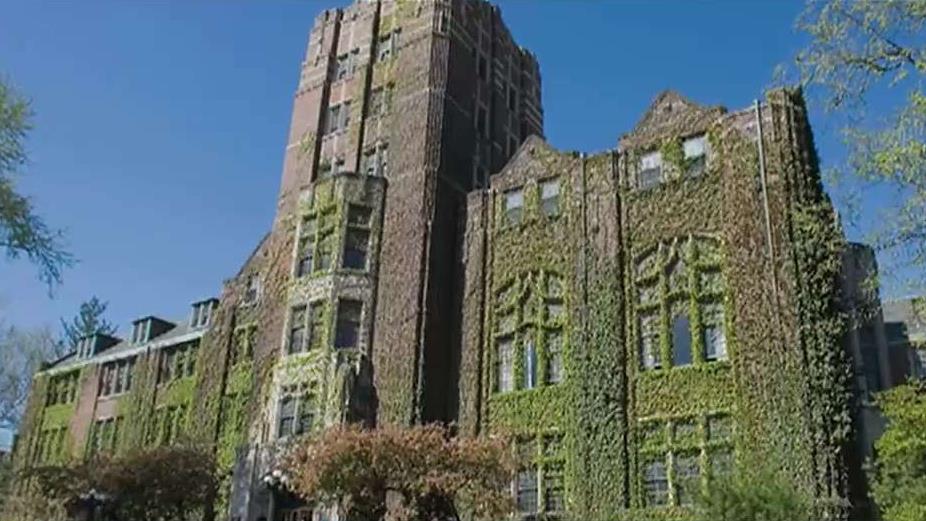Here are the top most diverse public universities in the US
With the U.S. Census Bureau reporting increases across the board among all races and ethnicities, it's no surprise to see public universities reflecting that same growth in diversity.
Between 2015 and 2016 alone, Asian and mixed-race populations became the fastest-growing demographics in the country, and while whites remain the largest represented group in the U.S., that figure will change by 2045, according to the U.S. Census Bureau.
That change will take place even sooner for Americans under the age of 18, which will reflect a shift toward “minority white” as soon as next year.
As the amount of minority students enrolling into colleges and universities increases as well, the demographic landscape of higher education is reflecting this nationwide shift, according to HeyTutor.
Here are the top 15 diverse public universities in the country:
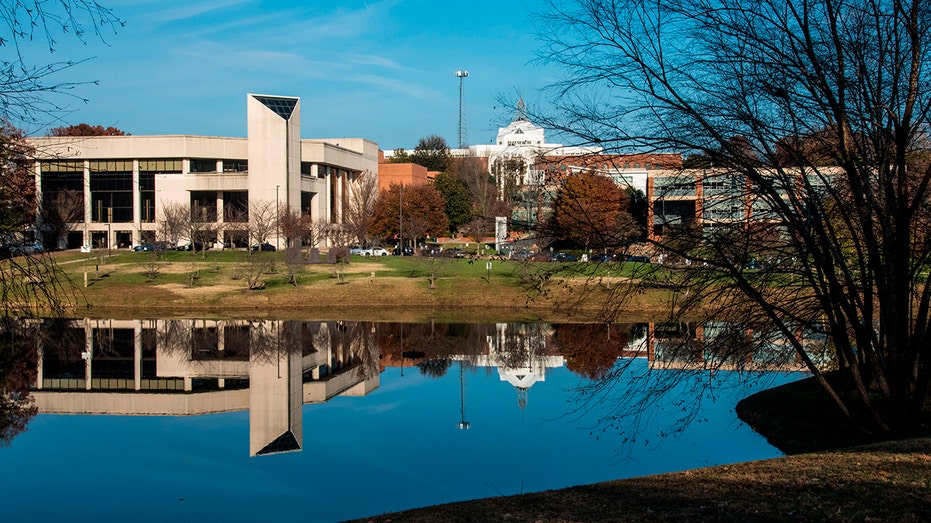
Campus of George Mason University, Fairfax, Virginia. (Photo by: Education Images/Universal Images Group via Getty Images) ((Photo by: Education Images/Universal Images Group via Getty Images)
15. George Mason University
With an undergraduate enrollment of 25,100, this Fairfax, Virginia, school is the most diverse in the entire state, according to the U.S. News & World Report. In fact, the university has the second highest percent of African-American students amongst the 15 schools on this list, with 2,760 students of color currently enrolled. That makes for 11 percent of African-American students, compared to the national average of 10.47 percent.
George Mason University also has 5,011 Asian students, making up 20 percent of the student body, 3,551 Hispanic students, and 1,234 students of other races, which gives the school a diversity index of 73.79.
“We have a variety of communities here, and you're sure to find a group of people who are like you. The great thing is you'll also be embraced by communities of people who are not like you. At Mason, you'll be in a place where the whole is greater than the sum of its parts,” their "Diversity at Mason" webpage reads.
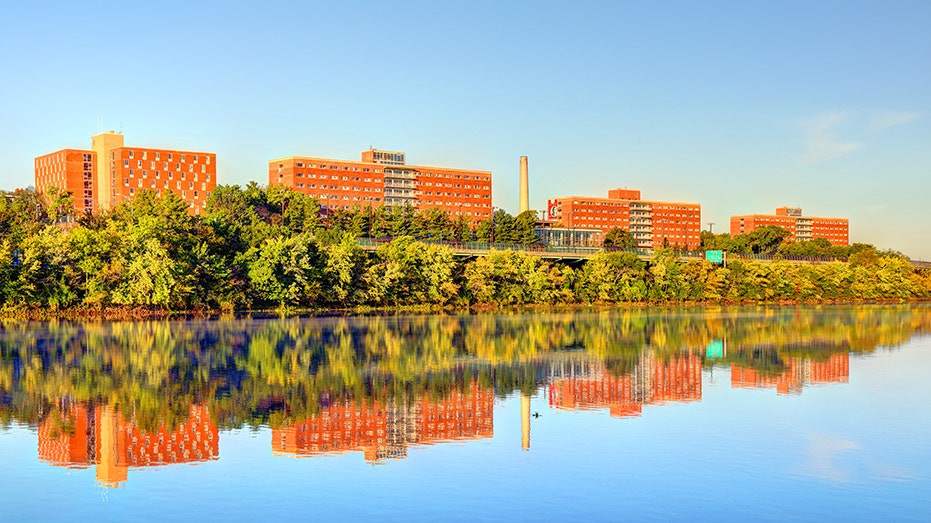
New Brunswick, New Jersey, USA - October 5, 2016: Daytime view of Rutgers University reflecting on the banks of the Raritan River
14. Rutgers University – New Brunswick
Next on the list is this New Jersey institution of higher education, with a total undergraduate enrollment of 35,641. Although the school has the lowest share of Hispanic students compared to other universities on this list, Rutgers University is a top 100 campus for the LGBT community, according to the Advocate College Guide for LGBT Students.
Twenty-six percent of the student body is Asian, 7.2 percent are students of color, and 13.1 percent are Hispanic.
With several programs specializing in diversity, ranging from African-American history to gender studies and global affairs, this university rates at 73.82 on the diversity index.
“For Rutgers University–New Brunswick diversity is an everyday ingredient of university life and one of our greatest strengths. Rutgers’ diversity—and there are all kinds, from age to sexual orientation to ethnic background to whether you grew up on a farm or city block—reflects the rich array of people who choose New Jersey as the place to build a better future,” the school’s website reads.
During the 2015-2016 school year, undergraduate students hailed from 63 different countries, with 7.2 percent of students coming from an international background.
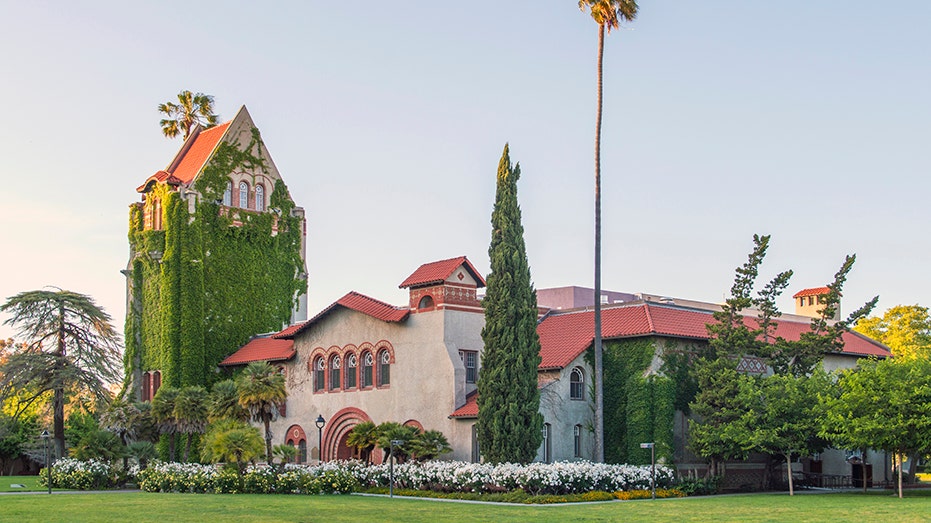
This is the center of San Jose State University, which is located in the center of downtown San Jose. I have stayed near this place at conferences for years but have never bothered to walk the three blocks required to get to the campus. The place is
13. San Jose State University
While San Jose State University may only have 944 African-American students out of a total undergraduate enrollment of 27,778, it also happens to have one of the lowest proportions of white students among large public universities.
In fact, there’s practically double the amount and percent of Hispanic and Asian students as there are white students, with only 4,478 (16.1 percent) white undergrads compared to 7,742 (27.9 percent) Hispanic and 9,904 (25.7 percent) Asian students, making for a diversity index of 73.99.
San Jose State implemented a Diversity Action Plan “to strive toward creating and fostering a campus environment that is open and welcoming to a diverse population,” according to the school’s website.
A special task force on discrimination was created several years ago, led by retired Santa Clara County Superior Court Judge LaDoris Cordell, which provided the school with over 50 recommendations to improve diversity on campus back in April 2014.
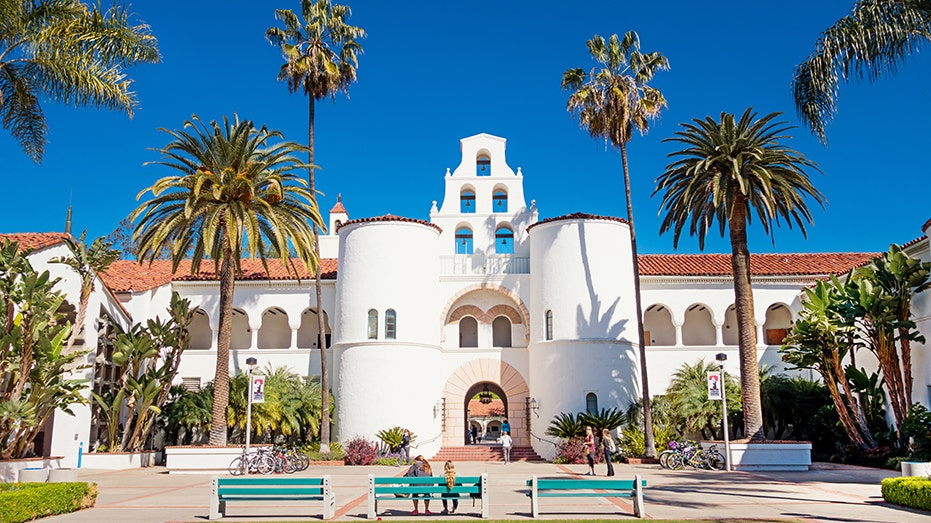
Student enjoy a sunny day at the Helner Hall of San Diego State University California USA on a sunny day.
12. San Diego State University
Boasting 30,272 undergraduate students, nearly one-third of San Diego State’s student body is Hispanic, with 9,307, or 30.7 percent, coming from a Hispanic background.
The university’s website describes the school as "a proud Hispanic Serving Institution residing on the historical lands of the Kumeyaay," a Native American people who have resided in the area for thousands of years.
“We stand upon a land that carries the footsteps of millennia of Kumeyaay people," the school’s diversity webpage reads.
“As students, faculty, staff and alumni of San Diego State University we acknowledge this legacy from the Kumeyaay. We promote this balance in life as we pursue our goals of knowledge and understanding. We find inspiration in the Kumeyaay spirit to open our minds and hearts. It is the legacy of the red and black. It is the land of the Kumeyaay.”
San Diego State University holds a diversity index of 74.41.
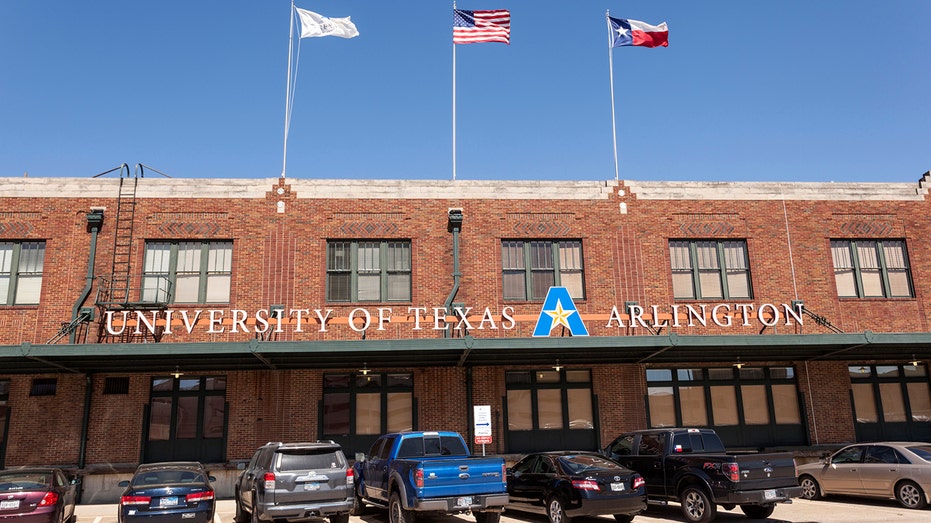
Fort Worth, Tx, USA - April 6, 2016: University of Texas Arlington building in Fort Worth. Texas, United States (iStock)
11. The University of Texas at Arlington
Another school with a high amount of Hispanic undergraduate students, the University of Texas at Arlington has a total undergraduate enrollment of 33,307.
While 12,095 of those students are white, another 9,138 are Hispanic, 4,924 are black or African-American, and 3,783 are Asian.
With an overall diversity index of 74.51, this school invites all of its students to become “Multicultural Mavericks,” who host a variety of events on campus in support of diversity.
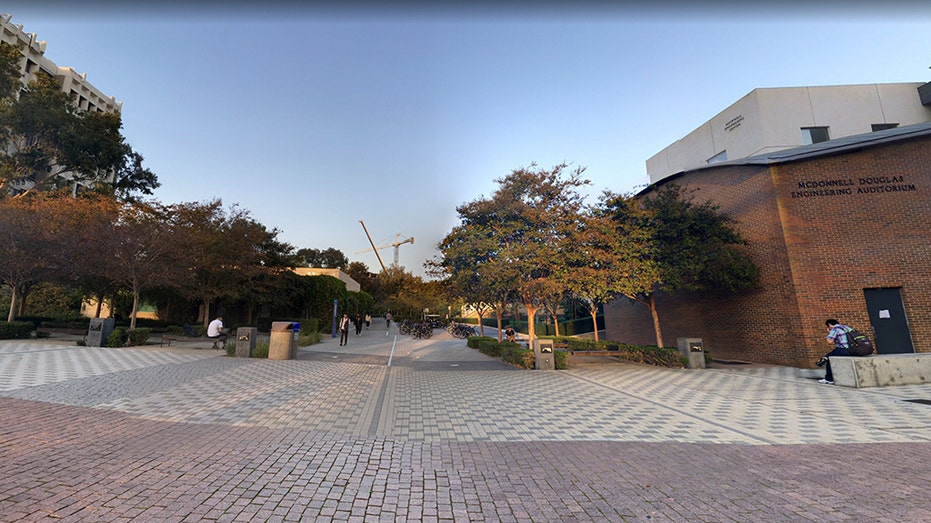
10. University of California - Irvine
With a diversity index of 74.80, The University of California - Irvine has the fourth highest amount of foreign students of any public university in the U.S. at nearly 17 percent.
In fact, white undergraduate students are vastly outnumbered by their Hispanic and Asian colleagues. Out of a total undergraduate enrollment of 29,307, only 4,092 are white, with 7,751 being Hispanic and 10,455 being Asian.
Freshmen students at UCI can also take a seminar on bias, prejudice, and bigotry, with the school also hosting lectures on a variety of diversity-related subjects.
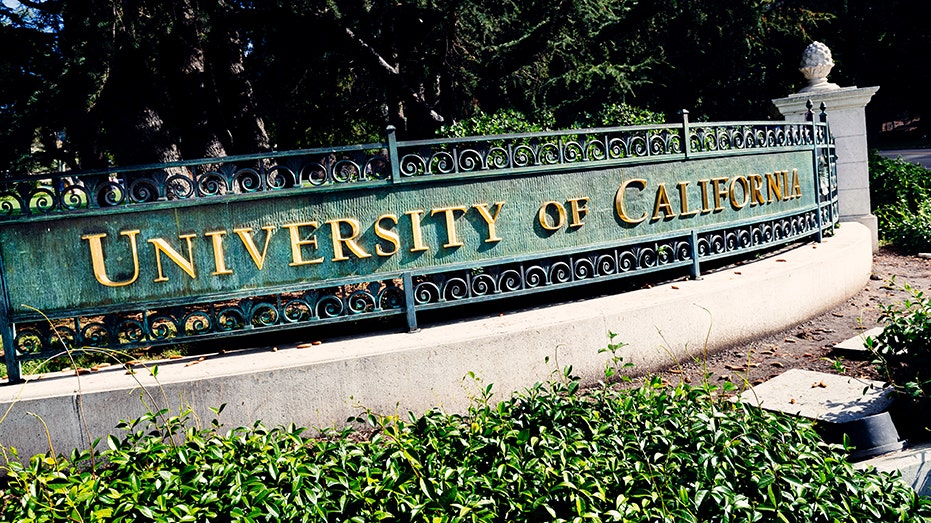
Berkeley, California, USA - October 15, 2016: University of California entrance sign on the corner of Oxford Street and Center Street at Berkeley, California. Over 150 years old, and with many Nobel Prizes winners (they even have reserved parking spo
9. University of California - Berkeley
With 30,574 undergraduates studying at this California university and a diversity index of 75.14, UC Berkeley is one of the most diverse public universities nationwide.
Despite that distinction, the school’s Division of Equity and Inclusion department is working hard to expand diversity on campus. While only 535, or 1.7 percent, of undergrads are African-American, UC Berkeley has 10,555 Asian students, comprising 34.5 percent of the student body. Another 15.5 percent of UC Berkeley students are Hispanic.
The university’s website reports that in spring 2016, 18 percent of students were from underrepresented groups (African-American, Chicano/Latino, and Native American/Alaska Native,) with 13 percent of students coming from outside the U.S.
“Overall, UC Berkeley maintains high graduation rates for freshmen (92 percent) and transfers (90 percent). While equity gaps have narrowed significantly over the past three decades as graduation rates improved or held steady across racial/ethnic groups, gaps persist between some racial/ethnic groups and the overall student body – notably for underrepresented minority men. Continued work is necessary to ensure that UC Berkeley fulfills its mission as a place where all students succeed and thrive and no more equity gaps remain,” the school’s diversity dashboard states.

Houston, Texas, USA - September 14, 2013: Sign for the University of Houston hanging on Ezekiel W Cullen Building. Sign visible from the turnaround on University Drive near the center of campus in Houston, Texas.
8. University of Houston
This massive Texas university is home to 37,215 undergrads, with 10 percent more Hispanic students than white students.
With a diversity index of 75.40, 12,781 students are Hispanic, or 34.4 percent of the student body, compared to 8,965 (24.1 percent) white students.
Ten percent of students are African American, and 22.3 percent are Asian. All told, over half of University of Houston’s students are from historically underrepresented groups.
The school has a Center for Diversity and Inclusion, which provides students with a Diversity Institute and a ‘Culture Connect Week’ to celebrate the diversity on campus.
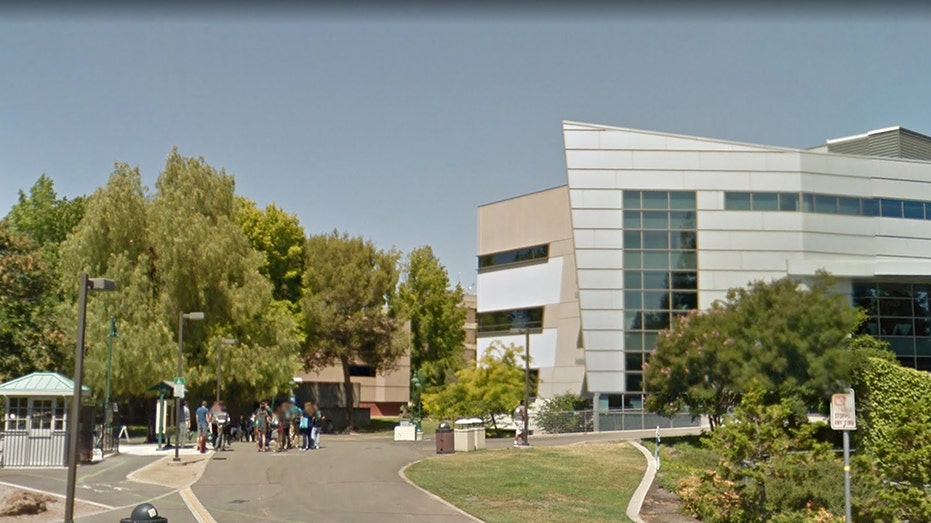
7. California State University - Sacramento
Another large California public university, California State University – Sacramento has 28,454 undergraduate students and a diversity index of 75.59.
Similar to other California schools on this list, most of its student body is Hispanic or Asian, with those two groups making up a little over half of the total undergraduate population.
The school has an Office of Inclusive Excellence, which makes sure diversity and inclusion are top priorities, as well as a Multi-Cultural Center where students from all backgrounds can meet and hold events.

La Jolla, California - February 17, 2018: Student walks by the Geisel Library at University of California San Diego (UCSD), named in honor of Audrey and Theodor Geisel (Dr. Seuss), and built in 1970.
6. University of California – San Diego
For a state so big, it’s no wonder why California has so many universities on this list. Falling in line with the other large public California schools, there are far more Asian undergrads than there are white or African-American.
Of the 28,587 undergraduates, 9,894, or 34.6 percent, are Asian. Meanwhile, 19.4 percent are white and 18.5 percent are Hispanic, bringing the schools diversity index to 76.10.
UCSD has the second highest percent of international students out of every public university in the U.S., and the university reports that as of last year, the amount of freshmen from underrepresented groups has more than doubled since 2012.
African-Americans make up only 1.5 percent of the undergraduate student body, however.
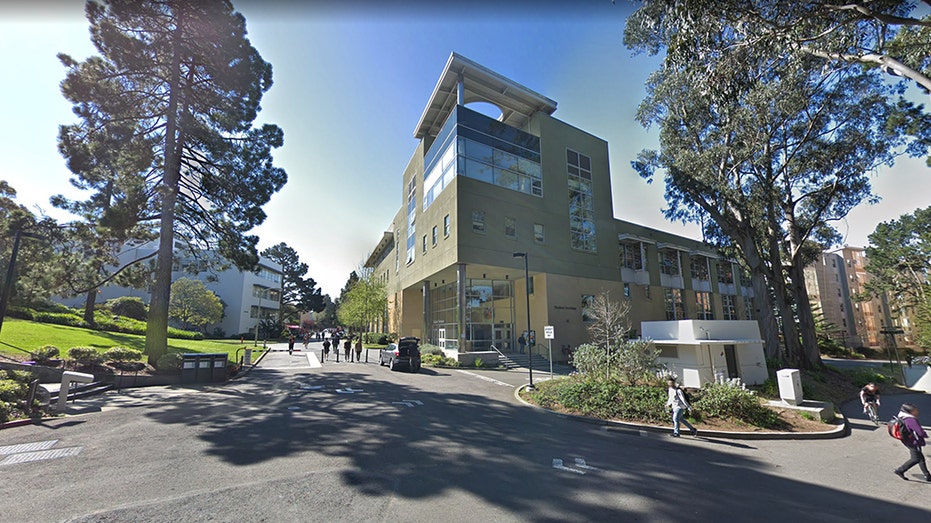
5. San Francisco State University
San Francisco State shares many similarities to the other UC schools on this list, with Asian and Hispanic undergraduates outnumbering white students, making up 58.5 percent of the student body combined.
Meanwhile, white students make up 18 percent of undergrads, with 5.5 percent of students being African American, making for a diversity index of 76.32.
In 2017, the university opened its Division of Equity and Community Inclusion, which “is responsible for leading, coordinating, implementing and evaluating a broad range of sustained programs, initiatives, events and activities designed to facilitate intercultural/intergroup dialogue, promote equity and inclusion, advance social justice, and improve campus climate for all of our students,” according to the university’s website.
Also on campus are the Black Unity Center and the Asian American and Pacific Islander Student Services.
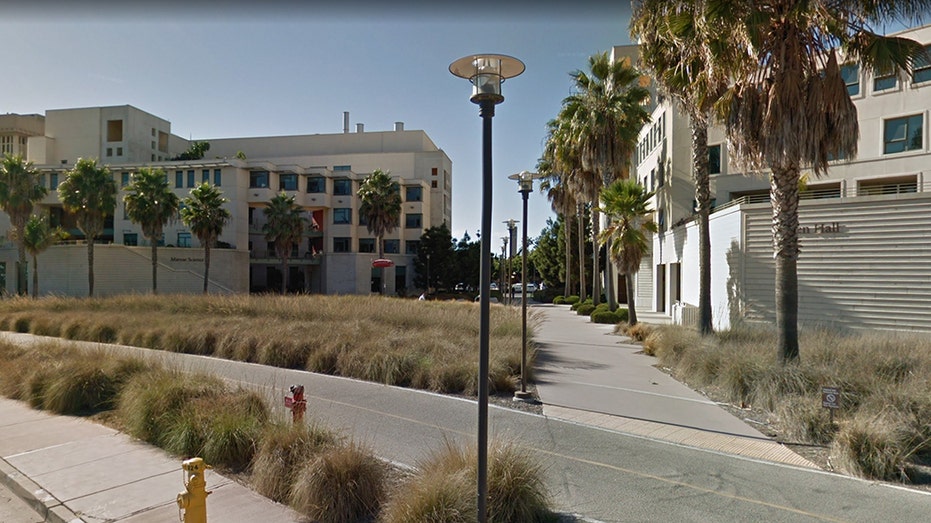
4. University of California – Santa Barbara
Yet another University of California school makes the list, with UCSB coming in at number four with a diversity index of 76.51 and a total undergraduate enrollment of 22,186.
Like the other UC schools, Santa Barbara is extremely well-represented in terms of Hispanic and Asian students, with 5,891 Hispanic and 4,029 Asian undergrads, making up just under half of the total student body combined.
However, similar to UCSB’s counterparts, it is below average when it comes to African-American students, with only 502 undergrads, or 2.3 percent, of the student body being African-American.
The university’s Student Resources Building is home to a number of diverse organizations, such as The African Diasporic Cultural Resource Center, the Asian Resource Center, and the Chicanx/Latinx Cultural Resource Center.
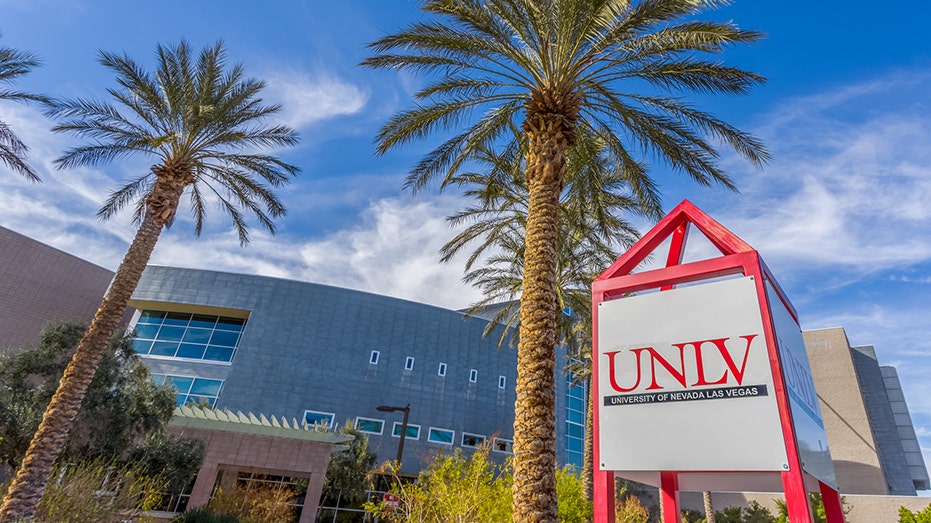
Las Vegas, United States - Feburary 13, 2016: The central campus at the University of Nevada, Las Vegas on Campus of University of Nevada, Las Vegas.
3. University of Nevada – Las Vegas
In the heart of Las Vegas, UNLV is home to over 50 ethnic, cultural and religious organizations that cater to the school’s 25,279 undergraduates.
With 29 percent of student’s coming from a Hispanic background and 15.5 percent Asian, UNLV is well above the national average for both groups.
7.8 percent of UNLV’s undergraduate student body are African American, with “The Intersection” multicultural center focused on assisting the academic careers of students of color as well as first-generation college students.
UNLV’s diversity index clocks in at 76.87.

Los Angeles, United States - October 4, 2014: Royce Hall on the campus of UCLA. Royce Hall is one of four original buildings on UCLA's Westwood campus.
2. University of California – Los Angeles
With 31,002 undergraduate students and a diversity index of 77.31, UCLA is a bit different than its other University of California counterparts in that it boasts a nonresident student population over double the national average of 4.5 percent.
However, on campus, UCLA falls in line with other UC schools, being home to a large number of Asian and Hispanic student, with 50.3 percent of undergrads combined.
Both the U.S. and the rest of the world are well-represented at UCLA, with students hailing from all 50 states as well as over 100 foreign countries.
UCLA’s website describes its student body as “one of the world’s most ethnically and culturally diverse communities,” with an Office of Equity, Diversity, and Inclusion on campus to “build an equal learning, working, and living environment, by holding ourselves accountable to our professed ideals.”

1. University of California - Davis
The number one most diverse public university in the country is UC Davis, where 30,066 undergraduates are enrolled at a diversity index rate of 77.64.
Asian and Hispanic students account for half of the student body, with the school having one of the highest percent of international students in the entire country.
While the university only has 669 African-American students, efforts are being made to expand diversity and inclusion on campus, with grants being awarded every year to students who create proposals that assist the school in meeting those goals.




















